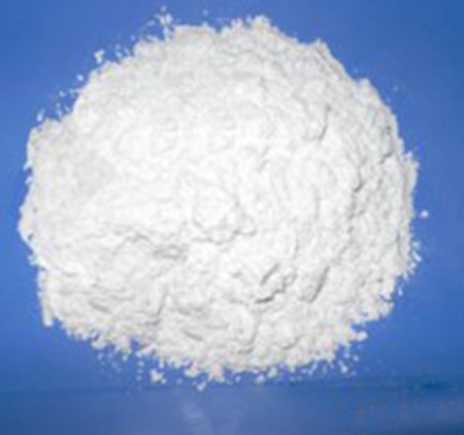August 31st – Modified Nano-Calcium Carbonate, having demonstrated exceptional performance, has found extensive applications across multiple industries, becoming one of the most produced and utilized nanomaterials today.

In the plastics industry, modified nano-calcium carbonate not only serves as a filler but also assumes the roles of an activator and reinforcing agent. It effectively increases the volume of plastic products, enhancing their hardness and strength while improving processing performance. Furthermore, it significantly boosts various performance indicators of plastic products, including heat resistance, flexural strength, and elastic modulus. Notably, in PVC products such as wire and cable and piping, the usage of nano-calcium carbonate is particularly substantial.
The application of nano-calcium carbonate is equally widespread in the rubber industry, primarily in tires, wire and cable, and various rubber products. It can increase product volume, reduce costs, and improve rubber processing performance. In tire production, nano-calcium carbonate can partially replace carbon black and silica, particularly suited for less stress-bearing parts like tire sides and帘布胶 (rubber compound for tire carcass). In rubber tubing and tape, it mainly serves to reinforce and whiten the products.
Moreover, nano-calcium carbonate, with its narrow particle size distribution and good stability, is extensively used in sealants and adhesives. It effectively enhances the covering power, gloss, and stability of coatings, making it particularly suitable for producing high-grade paints. In inks, nano-calcium carbonate also improves ink quality and stability.
It is worth mentioning that nano-calcium carbonate has also shown remarkable application effects in paper manufacturing, lubricants, building materials, and ceramics. In papermaking, it enhances paper whiteness and opacity; in lubricants, it improves anti-wear and friction-reducing properties; and in building materials and ceramics, nano-calcium carbonate significantly improves material performance.
However, despite the extensive applications of nano-calcium carbonate, there is still considerable room for improvement in China’s technological level in this industry. Currently, domestically produced nano-calcium carbonate is mainly used in traditional sectors, necessitating increased research and development investment to actively explore its applications in more fields, enhance competitiveness, and secure a share in the mid-to-high-end product market.
According to insights from the Color Masterbatch Industry Network, with the continuous advancement of technology and the maturing of nanotechnology, the application areas of nano-calcium carbonate are poised to further expand. Looking ahead, there is ample reason to anticipate nano-calcium carbonate shining brightly in even more domains.














